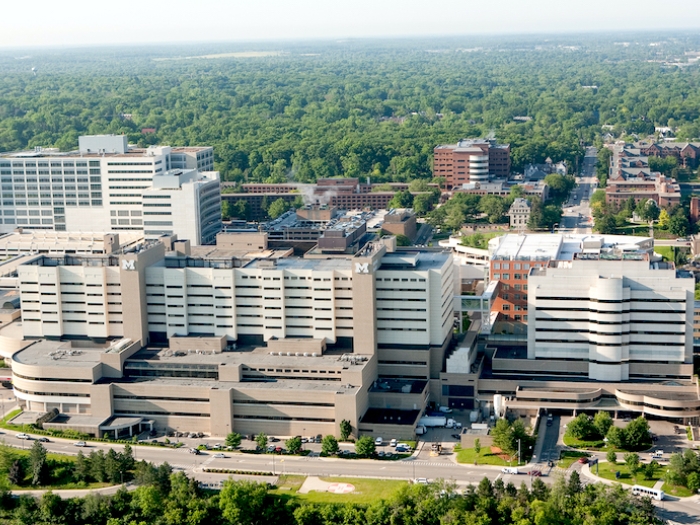New offering especially aims to fill a void in non-prescribing clinician education around the opioid epidemic
Author |
Even if they never write a single prescription for an opioid painkiller, or care for someone who has overdosed on heroin or fentanyl, people who work in every area of American healthcare need to understand how the opioid epidemic is affecting their patients, their families and their communities, and how to prevent new cases of opioid addiction.
From physicians, nurses and pharmacists to dentists, social workers, technicians and clinic staff, healthcare workers of all professional backgrounds need current information as the epidemic evolves. But until now, they’ve lacked opportunities to get that information.
The University of Michigan aims to fill that void by launching a new Massive Open Online Course (MOOC) to help providers understand every facet of the opioid crisis. The free course, available via U-M’s Michigan Online site, includes information on evidence-based strategies including prevention, intervention, education, and policy.
Titled “Impacting the Opioid Crisis: Prevention, Education, and Practice for non-Prescribing Providers,” the course was created by a multidisciplinary team of U-M opioid experts.
“This open learning course is designed primarily for non-prescribing healthcare, behavioral health, dental and social services professionals, as well as graduate-level students in these fields, although other professionals including physicians and medical students would gain a lot from taking the course,” said Karen Farris, Ph.D., Charles R. Walgreen III Professor of Pharmacy Administration and Professor of Social and Administrative Pharmacy at the U-M College of Pharmacy. “Learners will have the ability to select all modules or only individual topics of most interest to them.”
The self-paced MOOC modules include: Epidemiology of the Opioid Crisis; Understanding of Pain and Drug Targeting; Prevention of Misuse and Abuse; Clinical Care and Population Health; Addiction Treatment, Recovery, and Public Policy Impact.
Participants can complete any, or all, modules in a linear or non-linear structure, dependent upon their learning preference.
The course has been approved for continuing education credits in several fields; full information on available credits is available on the website.
“While many courses on the opioid epidemic are designed for prescribers,” continued Farris, “this course provides information for non-prescribing healthcare providers to ensure that all providers along the continuum of care have the most up-to-date information. We believe this course is appropriate for anyone with an interest in learning more about the opioid crisis and navigating our way forward.”
The MOOC is made possible by a partnership among U-M’s Institute for Healthcare Policy and Innovation, Injury Prevention Center, and Opioid Prescribing Engagement Network (Michigan-OPEN). It was produced in partnership with the U-M Center for Academic Innovation, and is available on both the EdX and Coursera online learning platforms. To take the course via Coursera, visit https://www.coursera.org/learn/opioid. To take it via EdX, visit http://michmed.org/AOlv6(.
U-M also has an active community of researchers focused on studying and addressing all aspects of the opioid epidemic. Learn more at opioids.umich.edu.

Department of Communication at Michigan Medicine





